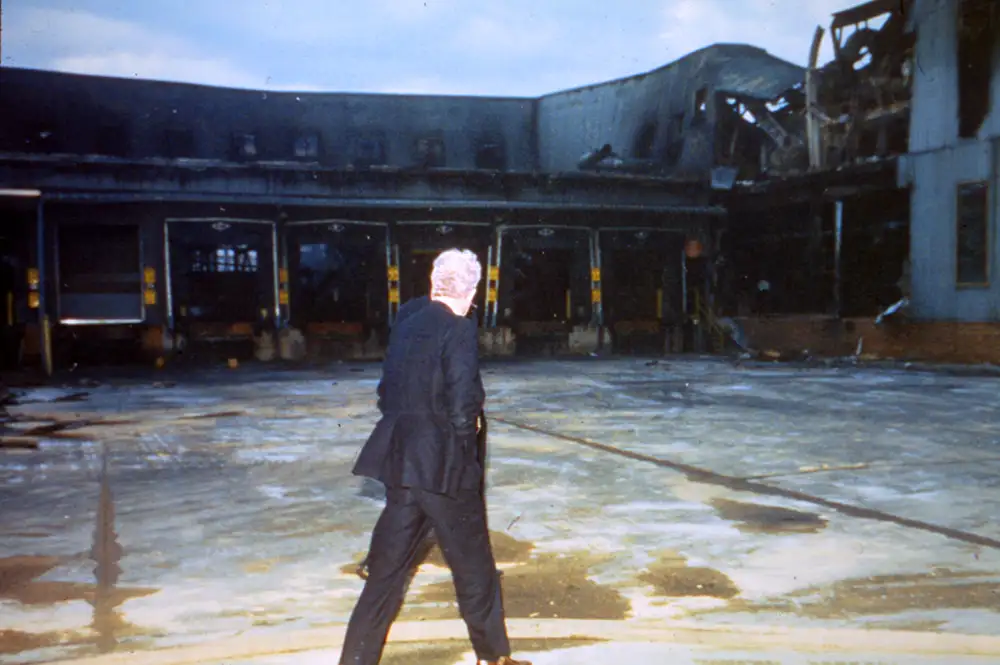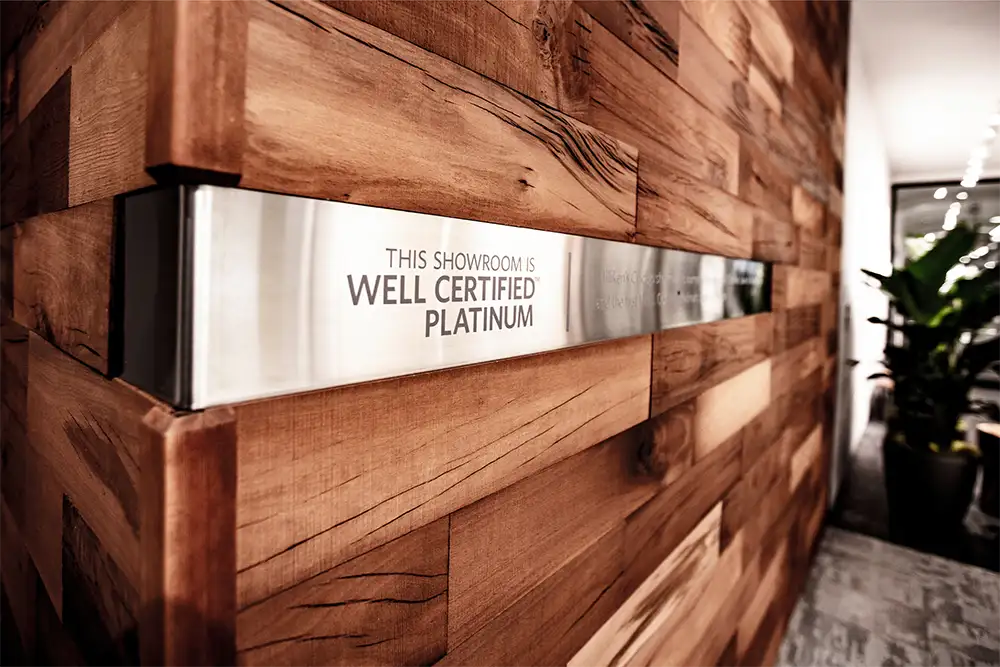Then and Now: Live Oak Fire (1995)
- About Us
-
Businesses
-
Main Menu
- Businesses
- Businesses Overview
-
Textile
-
Businesses
- Textile
- Overview
- Markets
- Brands
- Expertise
- Media
- Contact Us
- Chemical
- Flooring
- Healthcare
-
Performance Solutions by Milliken
-
Businesses
- Performance Solutions by Milliken
- Overview
- Consulting Services
- Education and Events
- Resources
- Virtual Tour
- Contact Us
- Transport & Logistics
- Products
-
Industries
-
Main Menu
- Industries
- Industries Overview
- Agriculture
- Apparel
- Automotive and Transportation
- Building, Construction, and Infrastructure
- Coatings, Paints, and Inks
- Commercial
- Consumer Goods
- Education
- Energy and Utilities
- Government and Defense
- Healthcare and Life Sciences
- Hospitality
- Manufacturing
- Packaging and Print
- Residential
- Sustainability
- Careers
Then and Now: Live Oak Fire (1995)
Milliken's Then & Now series highlights our enduring tradition of history and innovation since our inception in 1865, highlighting how we have consistently upheld our values while continuing to drive innovation forward.

Milliken entered the carpet market in 1968 through the acquisition of Callaway Mills, with locations in LaGrange, Nichols, and Pine Mountain, Georgia. The Live Oak Plant in LaGrange has been a cornerstone of Milliken's operations. It serves as a primary manufacturing facility for our innovative flooring solutions. Renowned for its resilience, the Live Oak Plant has been pivotal in fulfilling high-profile projects and setting industry standards for durability and performance.
Then: On January 31, 1995, a fire erupted at the plant around 2 p.m., swiftly engulfing the entire building and devastating Milliken’s largest carpet dyeing, finishing, and distribution center. Thanks to Milliken's longstanding commitment to a safety-first culture, our team was well trained. All 180 associates were safely evacuated in five minutes and accounted for in under 10 minutes without any injuries.
The team at Milliken turned the crisis into an opportunity to double down on our commitment to customers. Orders were rerouted to other plants to meet delivery deadlines, ensuring we remained a reliable supplier. As one manager said, "Milliken might lose an order, but we don’t want to lose a customer."

Just twelve hours after the fire, nearly 700 Live Oak associates gathered in the Callaway Auditorium at LaGrange College. The team was asked, “How would you rebuild this plant?” The collective response became symbolic of the way Milliken has operated in LaGrange and beyond: “We are going to rebuild this brand with a bias for action.” Driven by a commitment to manufacturing excellence and loyalty to our associates, the plant was rebuilt exactly where it stood.
As then-CEO Roger Milliken walked through the debris, he focused the conversation on building the world’s most advanced carpet production facility. Leadership played a crucial role by asking “What if?” and envisioning new possibilities. Five days later, the initial outlines of the new complex were complete, and by March, the plans were finalized. Associates were offered jobs at other Milliken locations at their current pay while the plant was rebuilt. Six months later on August 1, 1995, the facility was back in production.
Now: The new Live Oak Plant was designed to allow Milliken to standardize their WellBAC cushion backing across our entire carpet tile portfolio in the Americas. With the new infrastructure, Milliken included WellBAC® cushion backing in the Hartsfield–Jackson International Airport project, just in time for the 1996 Olympics. Since then, WellBAC® has set the standard for performance-driven flooring solutions. More than 30 years later, Milliken’s standard WellBAC® cushion backing continues to be an industry-defining differentiator, offering long-term benefits such as muscle strain reduction, noise reduction, moisture management, and wearability.

As of 2024, the Live Oak Plant employs more than 400 associates. Its core technologies include PrintWorks, our patented technology that uses fluid dyes to achieve effects and colors that are just not possible through pre-colored yarn, and solution-dyed nylon. It is Milliken’s largest flooring operation, responsible for 70% of our global production. The plant produces over 10 million square yards per year and is located on 73 acres, with 18 acres under one roof.
The Live Oak fire underscored the importance of resilience, quick decision-making, and a commitment to innovation. Our leadership focused on safety, environmental responsibility, and customer satisfaction, turning a crisis into an opportunity for improvement.
Curious about our journey of history and innovation? Explore our #ThenAndNow series on LinkedIn, Facebook, or Instagram.
